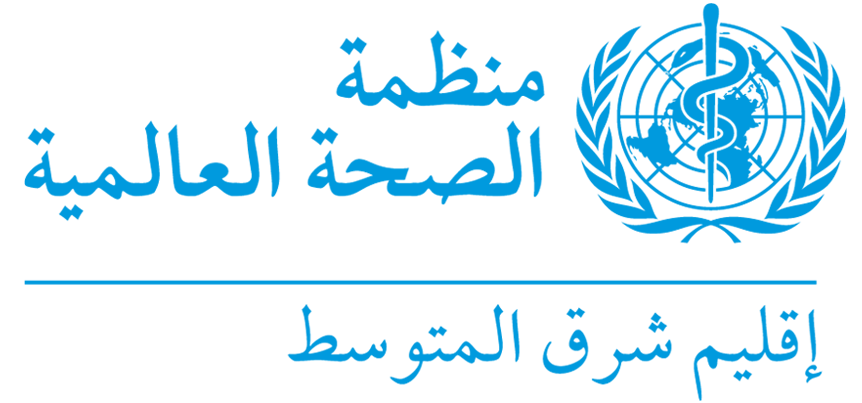30 July 2017 – While 87% of people in the Eastern Mediterranean Region have access to basic drinking-water and 73% have access to basic sanitation, such services are not necessarily safely managed as per Sustainable Development Goal (SDG) targets 6.1 and 6.2.
The WHO/UNICEF Joint Monitoring Programme (JMP) for Water Supply, Sanitation and Hygiene has been the official source for the United Nations reporting on national, regional and global progress since 1990. The JMP recently published a report, Progress on drinking water, sanitation and hygiene: 2017 update and Sustainable Development Goal baselines. The report presents the first global assessment of “safely managed” drinking water and sanitation services.
Access to safely managed drinking-water services (SDG 6.1)
- 87% (564.08 million) of the Region’s total population has access to at least basic drinking-water services.
- 13% (84.4 million people) remain without even basic water services, of which 64.6 million live in Afghanistan, Pakistan, Sudan, Somalia and Yemen and 15 million live in Iraq, Islamic Republic of Iran and Morocco.
- Estimates for safely managed drinking-water (i.e. per SDG 6.1 located on premises, available when needed and free from contamination) were possible to derive for only 9 out of the 22 countries of the Region. These countries are: Bahrain, the Islamic Republic of Iran, Jordan, Kuwait, Lebanon, Morocco, Oman, Pakistan and Tunisia.
- While 90.2% of the population in the 9 countries has access to at least basic drinking-water services, only 57.2 % have access to safely managed water services.
- Bahrain, Islamic Republic of Iran, Kuwait, Jordan and Tunisia have the highest percentage of the population (over 89%) with access to safely managed water services.
Access to safely managed sanitation services (SDG 6.2)
- 73% (47.3 million people) of the Region’s total population have access to at least basic sanitation services.
- 27% (175 million people) remain without basic sanitation services, of which 154 million live in Afghanistan, Islamic Republic of Iran, Pakistan, Somalia, Sudan and Yemen and 17 million live in Egypt, Iraq and Morocco.
- 51.7 million people in the Region still defecate in the open, mainly in rural areas, of whom 46.5 million live in Afghanistan, Pakistan, Somalia, Sudan and Yemen.
- Estimates for safely managed sanitation services (i.e. as per SDG 6.2, excreta safely disposed of in situ or treated off-site) were possible to derive for only 14 out of the 22 countries in the Region. These are: Bahrain, Egypt, Iraq, Jordan, Kuwait, Lebanon, Libya, Morocco, Qatar, Saudi Arabia, Somalia, Tunisia, United Arab Emirates and West Bank and Gaza.
- While 89% of the population of these 14 countries has access to at least basic sanitation services, only 56% has access to safely managed sanitation services.
- Bahrain, Kuwait and the United Arab Emirates had the highest percentage (over 90%) of the population with access to safely managed sanitation services.
Access to basic hygiene
Good hygiene is one of the simplest and most effective ways to prevent the spread of disease. For the first time, the SDGs are monitoring the percentage of people who have facilities to wash their hands at home with soap and water.
- Data on availability of hygiene facilities is very scarce in the countries of the Region. Estimates on availability of facilities for hand washing with soap and water were possible to derive for only 8 of the 22 countries. These are: Afghanistan, Egypt, Iraq, Pakistan, Somalia, Sudan, Tunisia and Yemen.
- Access to water and soap for handwashing varied greatly in the 8 countries with available data, ranging from 10% in Somalia to around 90% in Tunisia, Egypt and Iraq.
Urban rural inequalities remain
There are inequalities in service between urban and rural areas. People living in rural areas are more likely to use untreated surface water (from lakes, rivers or irrigation channels) than those living in urban areas. For example, the reported use of surface water in Somalia is 19% in rural areas as opposed to 1% in urban areas. Similarly, almost all of the people who practice open defecation in the region live in rural areas.





 تحليل المخاطر و نماذج عامة لنقطة التحكم الحرجة لبعض الأطعمة التقليدية: دليل لإقليم شرق المتوسط. [ملفpdf 676 كيلو بايت] -
تحليل المخاطر و نماذج عامة لنقطة التحكم الحرجة لبعض الأطعمة التقليدية: دليل لإقليم شرق المتوسط. [ملفpdf 676 كيلو بايت] - 